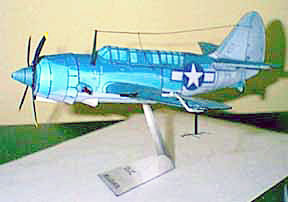

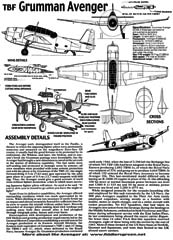
WWII Grumman TBF Avenger Torpedo Bomber
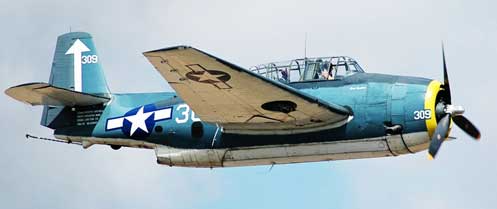
This TBF Avenger torpedo bomber came into it's own after the Battle of Midway in 1942 with the retiring of the TBD-1 Douglas Devastator. Although other types could carry and launch torpedoes, the Grumman Avenger was the only designated torpedo bomber to serve the US Navy in WWII.
Operational for the first time on June 4, 1942, in the midst of the Battle of Midway, the Grumman Avenger can scarcely be said to have opened its active career auspiciously. Of the six TBF-1s launched into battle from Midway early that morning, five failed to return; the sixth came back with only the trim tab for longitudinal control, with one wheel and the torpedo bay doors hanging open and with one gunner dead and the other wounded.
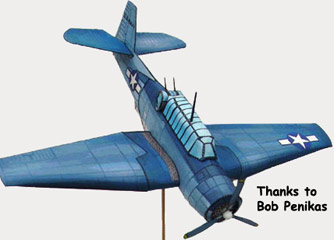
What people say...
Progress being made on the Grumman Avenger. Found out a secret though. If I cut off the tabs that link the fuselage together after it is "rounded," and then glue a tab underneath the area where I cut it off, then when I bring them together, I have a flush seam! Of course, all this depends upon how far you want to go....this works best if the board you've printed the model on is rather thick. Also, if I use markers of like color of the model, then the edges aren't so noticeable. One other thing, I'm going to try some "o" rings from the hardware store for the wheels..... Little propellers I can carve out of coffee stirrer sticks as well...this is for the WWI jobs and private jobs of course........ Hey, this is terrific stuff, Jim Duckworth.
Grumman Avenger
Grumman Avenger
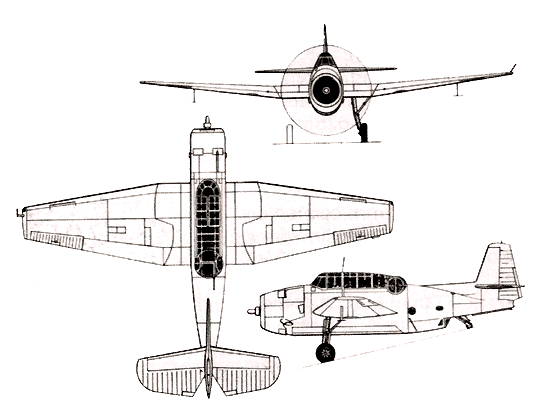
When Grumman received a Navy contract for two prototypes of a torpedo-bomber designated XTBF-l, on April 8, 1940, the company had no previous experience of an aircraft in this category, but had been specializing for several years in the design of Navy fighters. The TBF took shape as a chunky mid-wing monoplane with a weapons-bay large enough for a torpedo or 2,000 lb bomb, and a dorsal turret at the rear end of the long cockpit glasshouse. In addition to the 050-in gun in this turret, there was a forward-firing 050-in the engine cowling, and a 030-in tunnel gun.
First flight of the XTBF-1 was made on August 1, 1941, a production contract for 286 examples having been placed with Grumman the previous December. Following Navy acceptance of the prototype in December 1941, the first production TBF-1 appeared in January 1942, and in the first half of the year, Grumman delivered 145. Pilots from Torpedo Squadron Eight (VT-8) checked out on the Navy at Norfolk Naval Air Station in May and flew the first six aircraft to Pearl Harbor. They were destined for the USS Hornet, on which the remainder of VT-8 was equipped with TBD-l's, but the ship was already at sea. On June 1, 1942, the six aircraft flew on across the Pacific to Midway and, as described above, all but one were destroyed four days later.
To meet growing production requirements, General Motors Corporation was asked to establish a second source for Avengers at its Eastern Aircraft division, already building Grumman F4Fs. The first contract was placed with Eastern on March 23, 1942, and deliveries began in November the same year, this version being designated TBM-I. Grumman production continued until early 1944, with a total of 2,290. These were primarily of the TBF-l or TBF-IC version, the latter having provision for two 05-in wing guns; also included in the total were 395 TBF-lBs for lend-lease to Britain, and prototypes of the TBF-2 and TBF-3, respectively with XR-2600-l0 and R-2600-20 engines. Special-purpose versions of the Grumman-built Avengers were introduced in 1944 and 1945 through modification programs and included the TBF-ID with special radar, the TBF-1CP with a camera for reconnaissance, the radar equipped TBF-IE, and the TBF-1L with a searchlight in the bomb-bay.
Eastern produced 2,882 TBM-ls, and variants were designated similar to those of the TBF-1. Plans to produce the TBF-2 as a standardized model were abandoned, and Eastern went on to build 4,664 TBM-3s to bring the grand total of Avengers to 9,836. In all, Britain received 921 of these, and 63 went to the RNZAF. The TBM-3D, TBM-3E and TBM-3L were respectively comparable to the TBM-l D, TBM-l E and IBM-I L apart from the up-rated engine; the TBM-3P carried cameras, and the TBM-3H had special search radar. The final Avenger version was to have had a strengthened (5g) airframe but only a single prototype, the XTBM-4, appeared before the war ended.
Special antisubmarine detection radar in the TBM-3E made this variant of particular value to the Navy in the early post-war years, and it became the principal operational version of the Avenger after 1945. Improved search capability was bestowed by the APS-20 radar carried in a large ventral radome by the TBM-3W and TBM-3W-2, which had the rear turret removed and other changes. These versions were eventually paired with the TBM-35 and TBM-35-2 submarine-strike Avengers, and these search-and-strike aircraft remained in operational service until June 1954.
Other post-war variants of the Avenger included the target-towing TBM-3U, the TBM-3N for special night operations, the TBM-3Q for radar countermeasures and the TBM-3R, a seven-seat transport for COD (carrier on-board delivery). Several of these variants flew on with the Navy for years after the front-line operational career of the Avenger had ended.
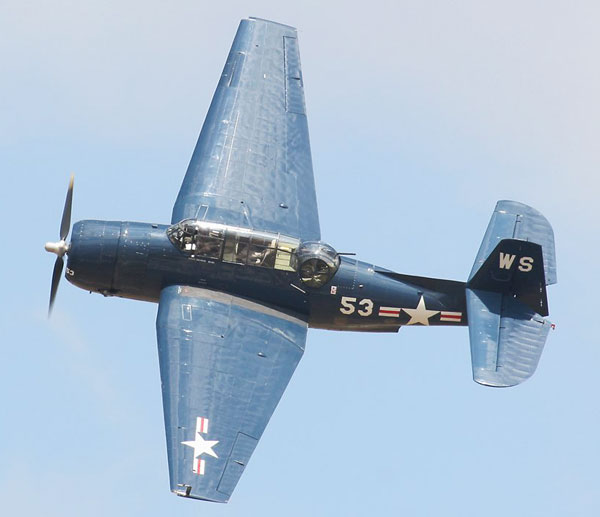
|
Type: Torpedo-bomber. Dimensions: Weights: Empty, 10,080 lb; gross, 15,905 lb. Performance: Max speed, 271 mph at 12,000 ft; Armament: One fixed forward-firing 030-in gun |
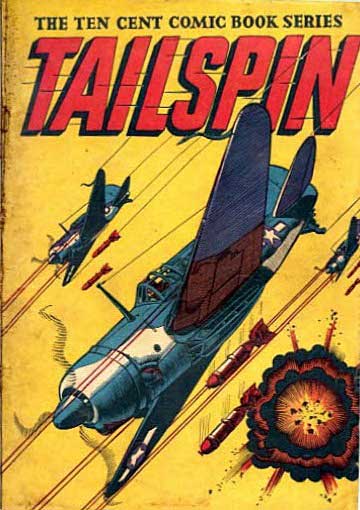 |
Grumman TBF Avenger
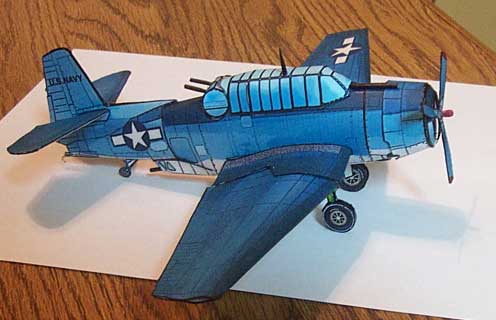 You guys did a great job in correcting the photo of the Avenger. Attached is a photo of my Avenger. Jim Z. |
For over 50 years Grumman has provided some of the world's best, carrier-based aircraft, typified by generous wings, amiable handling and such strength that the company is colloquially known as 'The Iron Works'. No aircraft better exemplifies Grumman than the Avenger, chief torpedo-bomber of the Pacific war in 1942-45. On the Avenger's first combat mission six new TBF-1s thundered off into the Battle of Midway on 4 June 1942. Only one came back, and that had the pilot flying a shattered aircraft on the trimmers, one crewman injured and the other dead. This seemed almost a repetition of what had been happening with the previous-generation Douglas TBD-1 Devastator, which was simply not survivable in World War II. In fact, nothing could have been more wrong, and the Avenger was to be one of the great war-winners of the conflict.
When Douglas had produced the TBD in 1935 it had been as modern as the hour, with all-metal stressed-skin construction, enclosed cockpits and retractable gear. As early as October 1939, however, it was clear that a single 900-hp engine was inadequate for the ship-based torpedo-bomber mission, and in that month the US Navy began organizing plans for an industry competition for a replacement aircraft. The key to the development lay in thc existence of such powerful engines as the Pratt & Whitney R-2800 and the Wright R-2600 and R-3350. Grumman was well placed to win what was certain to be a major program.
The US Navy's requirements were no pushover, however, and the numerical requirements for mission radius with particular weapon loads could only just be met. In an intensive five weeks at the turn of the Year 1941 the engineering team under chief experimental engineer Bob Hall roughed out the shape that was later to be called 'The Pregnant Beast' or, more kindly, 'The Turkey'. That portly fuselage, giant angular wing and distinctive tail could only have come from Grumman, but what might not have been expected were the internal weapons bay and the gun turret. Project engineer R. Koch was first to decide on an internal bay, partly because this fitted in with the lower rear defensive gun position. There was no problem with the pilot, who sat in lofty state in a roomy and comfortable cockpit above the leading edge, where his view was perfect. The other two crew were less obvious.
A door on the right side aft of the wing gave access into the rear fuselage, which was packed with equipment, flares, parachutes and ammunition. At the lower level the bombardier was provided with a folding seat from which he could either man the lower rear machine gun, a Browning of 0.3-in caliber, or face forward and aim the aircraft for medium-altitude level bombing.
During development in 1942 radar was introduced to the US Navy, and the Westinghouse ASB radar became standard equipment on some versions. Another common fit was the APG-4 'sniffer' low-level auto bombing radar which used a dipole Yagi array toed out at 40 deg under each outer wing. The radar viewing scope was ahead of the bombardier, whose compartment thus became somewhat crowded. The radar scope was in fact directly under the turret, which in itself was an innovation where the US Navy was concerned (though a turret had been fitted to a few other single-engine attack types such as the Soviet BB-1/Su-2).
Improved Turret Mounting
The US Navy had specified a turret, to mount a single 0.5-in gun, and Grumman handled the development in-house. Though almost everything on the TBF was hydraulic, it eventually found itself with an electrically driven turret, chiefly because the job was tied to Oscar Olsen whose entire background (mainly with General Electric) had been electrical. He was aware of the problems caused by flight maneuvers which could impose totally different loads on different parts of the turret mount ring. The best answer appeared to Olsen to be the Amplidyne form of control, which can govern both the torque and speed of an electric motor with great precision. He was thus able to equip the turret with synchronized motors which, no matter what the attitude of the turret or aircraft might be, always gave fingertip gun-pointing accuracy.
In contrast, most of the other movable items were hydraulic, including the massive main landing gears (which could take a bone crushing arrival at 16 ft/ per second vertical velocity onto a hard deck), the folding outer wings, the big split flaps and the double fold bomb doors.
Leroy Grumman himself had hit on the wing fold only a year earlier, and this feature was first applied to production models of the F4F Wildcat then just coming off the line. He had foreseen the clearance problem caused by conventional upward-hinged wings on carrier hangar decks, and so experimented with two partly unfolded paperclips stuck into the sides of a draughts man's soap-eraser. Eventually he got the two clips at just the right skewed angle so that the 'wings' folded neatly alongside the 'body'. In the folded position the upper surfaces faced outwards. For the big TBF power folding was essential; no crew of men could have handled such wings, loaded with radar, tanks and rockets, on a pitching deck. The only other item driven electrically was the giant sting arrester hook, normally housed inside the rear fuselage but extended on rails by a cable and pulley track when needed.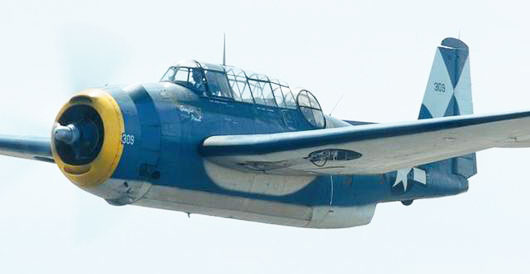
Weapon Fit
As well as the two rear guns, a 0.3-in gun was mounted high on the right side of the nose, firing through the propeller disc. It was always considered good practice to give the pilot a gun, not only to improve morale but for sound offensive reasons. Though the bombardier could aim bombs from altitude it was the pilot who managed torpedo attacks, using the illuminated torpedo sight on the left side of the coaming. Ahead he had merely a ring-and-bead sight for the gun, though this could also be used for dive-bombing, the bombardier then being a mere passenger. The main gears could be extended as airbrakes to hold dives to about 300 mph, though the controls became exceedingly heavy and a great deal of effort and fast re-trimming was needed both in the dive and the pull-out .
The first of two XTBF-I prototypes, BuNo. 2539, made a highly successful first flight on 1 August 1941. The pilot, as with most experimental Grumman aircraft at the time, was the chief experimental engineer himself, Bob Hall. He had only recently been fished from the ocean alter deciding that the XP-50 was no longer a safe place to stay, and he found the XTBF-1 a welcome contrast, seemingly as safe as houses with the trusty 14-cylinder Cyclone rumbling lustily ahead of his feet. Grumman was fast becoming overloaded with work and was well into the construction of Plant 2, a complete new factory twice as big as the first. Here would be built the 286 TBFs ordered 'off the drawing board' back in December 1940. Then, as often happens, trouble came out of the blue. On November 1941 the XTBF-1 was flying in the hands of Bob Cook and engineer Gordon Israel. Near Brentwood, about 10 miles east of the Bethpage plant, they found the bomb bay was burning fiercely. (The only cause anyone could think of was an electrical fault.) Cook and Israel hit the silk, and the flaming torpedo-bomber dived into some woods.
This did not damage the program, and by this time the US Navy had changed its order for 286 to an open-ended contract which was to last until 31 December 1943, 2,291 aircraft later (and with even bigger numbers built by others).
On an unseasonably hot Sunday morning, 7 December 1, 1941, all was bustle at Bethpage as, amid colorful ceremony, the vast new Plant 2 was dedicated. Spotlighted in the middle was the gleaming new second prototype XTBF-1, which was to be the priority product. Suddenly the company vice-president, Clint Towl, was called to the telephone by the public address system. He picked up the instrument to be told, "The Japs have attacked Pearl Harbor; we're at war." Towl prohibited any announcement, and the public began to go home; then, when the last of the thousands had gone through the gate, the plant was locked and searched for any saboteurs. It was to be a secure place for the next four years; and the TBF was appropriately named Avenger.
Into service
By this time Plant 2 was already full of production TBF-1s, and the number one of the line, BuNo. 00373, flew on 3 January 1942. So few engineering changes had been needed that by the end of six months another 145 had been delivered, with half of US Navy squadron VT-S already nearing the end of its conversion course at NAS Norfolk, Virginia. From here the six new TBFs were flown, with 270 gallon tanks in the bomb bays, right across the USA and over the 10-hour ocean sector to Pearl Harbor. Their ship, USS Hornet, had already departed, so they rumbled on all the way to Midway island. It was here that all six aircraft were shot to pieces, as noted at the opening of this account; it was perhaps the only occasion on which the TBF came off second-best. From that time on it was to be the destroyer not only of the Japanese navy but also of Hitler's Uboats.
With the normal internal load of a Mk 13-2 torpedo or four 500-lb bombs, and full internal fuel of 335 gallons in three wing tanks, the TBF-I could attack targets up to 260 miles. It was always pleasant to fly, though spinning was prohibited. When flown with determination by a strong pilot it could almost turn like a fighter, and quite early in production it was decided to increase the forward-firing armament, the TBF-IC having the 0.3-in nose gun replaced by two of 0.5-in caliber in the outer wings, each with 600 rounds. These are included in the Grumman total of 2,291, no breakdown being possible . This total also includes 395 TBF-1Bs, which were fitted with British radio and several other different equipment items for the Fleet Air Arm. Altogether the British received no fewer than 921 Avengers (the original British name Tarpon being dropped), which equipped no less than 33 first- and second-line squadrons. These served on literally dozens of carriers, numerous UK bases and many other shore stations from Canada to Ceylon and the Far East.
In December 1941 the urgent need for TBFs made it essential to find a second-source producer. General Motors had five plants on the east coast (Tarrytown, Linden, Bloomfield, Trenton and Baltimore), which were without work. Quickly they were organized into a powerful team called Eastern Aircraft Division, and they tooled up to build not only-Wildcat fighters under the designation FM but also Avengers, the latter being designated TBM. By December 1943 the 1,000th Eastern TBM had been delivered, and the final total by VJ-Day from this builder was no fewer than 7,516 in more than 20 variants. Most were of the TBM-3 type, with more power and an external arrester hook, often with no turret and in all cases with provision for outer wing rockets or drop tanks.
|
Added parts: |
|
Email from John Mollison, Dec 98 I just completed the Avenger. It gave me a hearty laugh and a big smile...when I looked at the ventral gun bay on the card, I thought, "Ok...this is going to be some Rube Goldberg kind of get up in order to get this right." Chip, you are indeed a genius with paper! It is a GREAT kit. I really, really like the new cowling and elevator-tab assembly system. In addition, the "slide-on" wings allow for better dihedral adjustment. But, your Avenger kit demands respect...the kit is very, very good!! I admire your skill. I was even impressed with the turret, however if there is any suggestion I can give you, it is to include more turret and less gray area. |
|
THANKS for the input, John! I've got a lot of other people's paper models and use them as 'reference' when I do ours. (NOT to copy...Just as a reference) The Avenger just isn't made by others (as far as I know), and I'm still not quite sure how that last window goes-the one with the gun sticking through it. What's nice about that model is that instead of lots of fuselage tabs, the darn thing slides together like plastic pipe. Quick, easy, and by definition, a very accurate fit. Most FG airplane noses are like that. The folding wings have that feature as well. You'll be seeing a lot more of that style fitting in future models. |
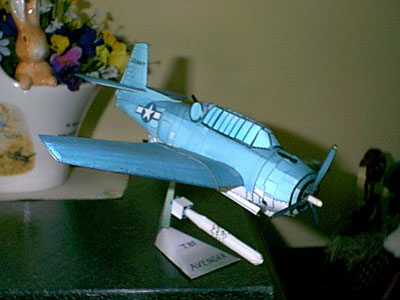 |
This image was submitted by Dennis Brooks he says "I used the corrected aerial box fin torpedo from the SB2C model (never used operationally, but was loaded with wire slings for practice) with a little fishing line and opened the bay doors on the TBF for a drop." Thanks so much for your submission Dennis! |
Bob Lutz Build
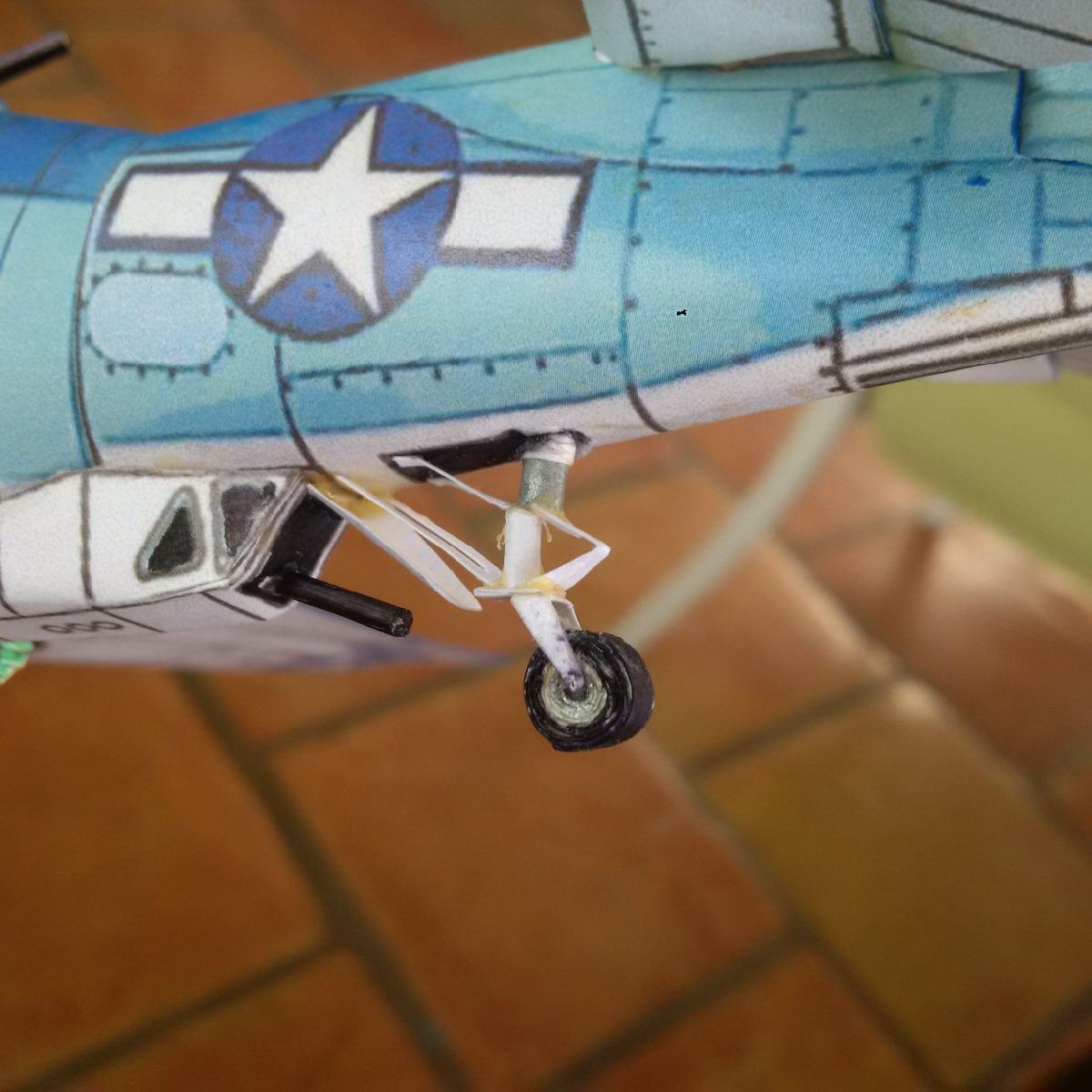 |
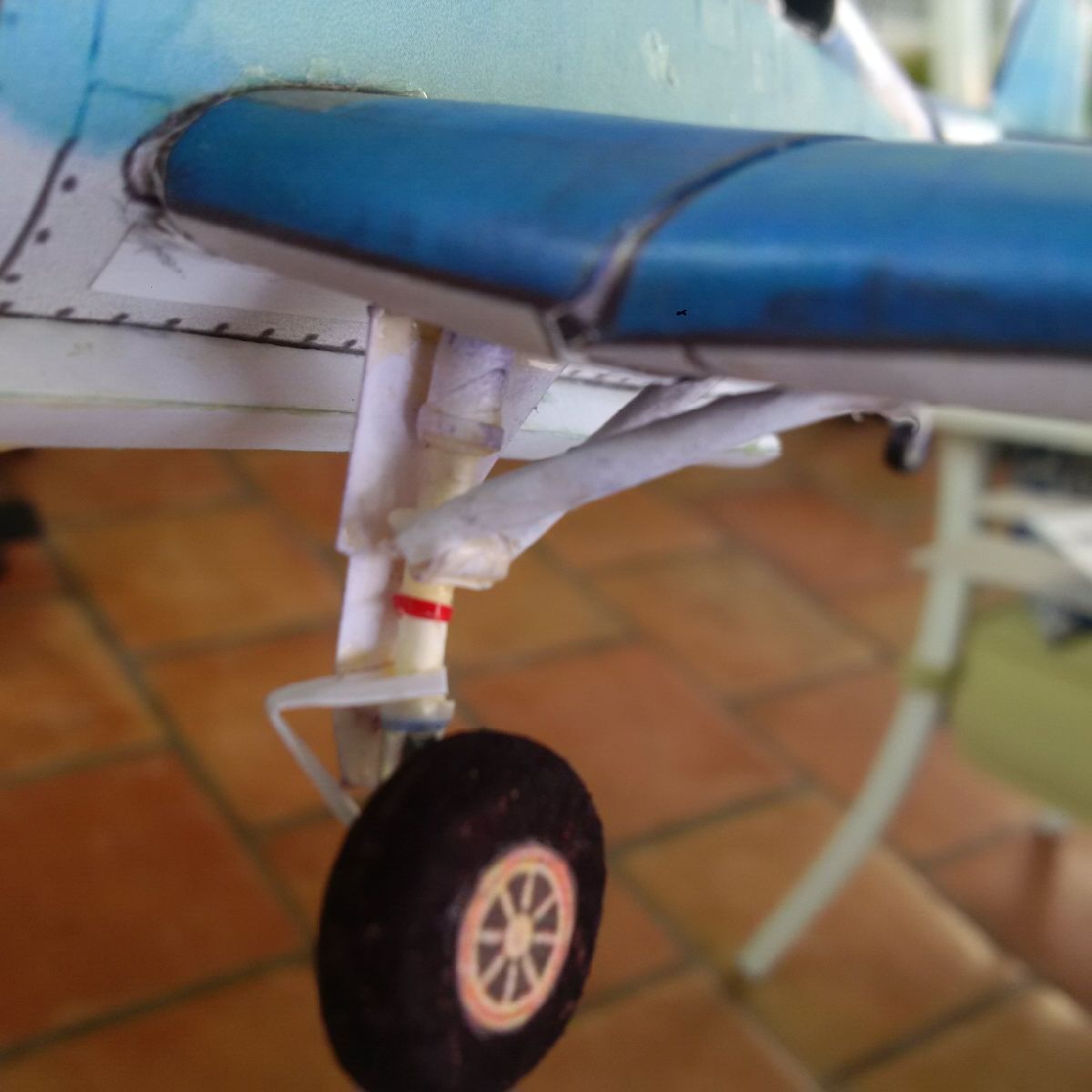 |
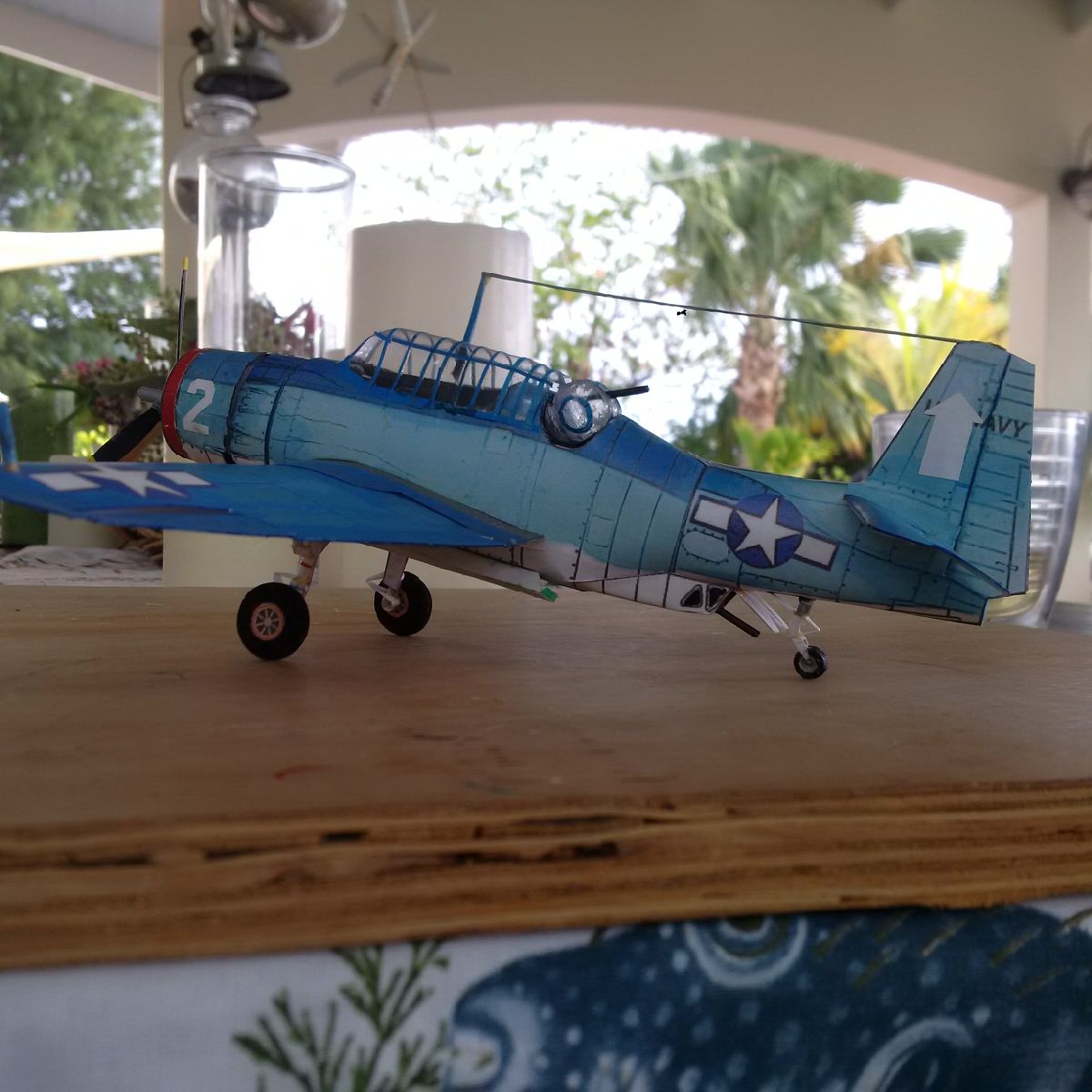 |
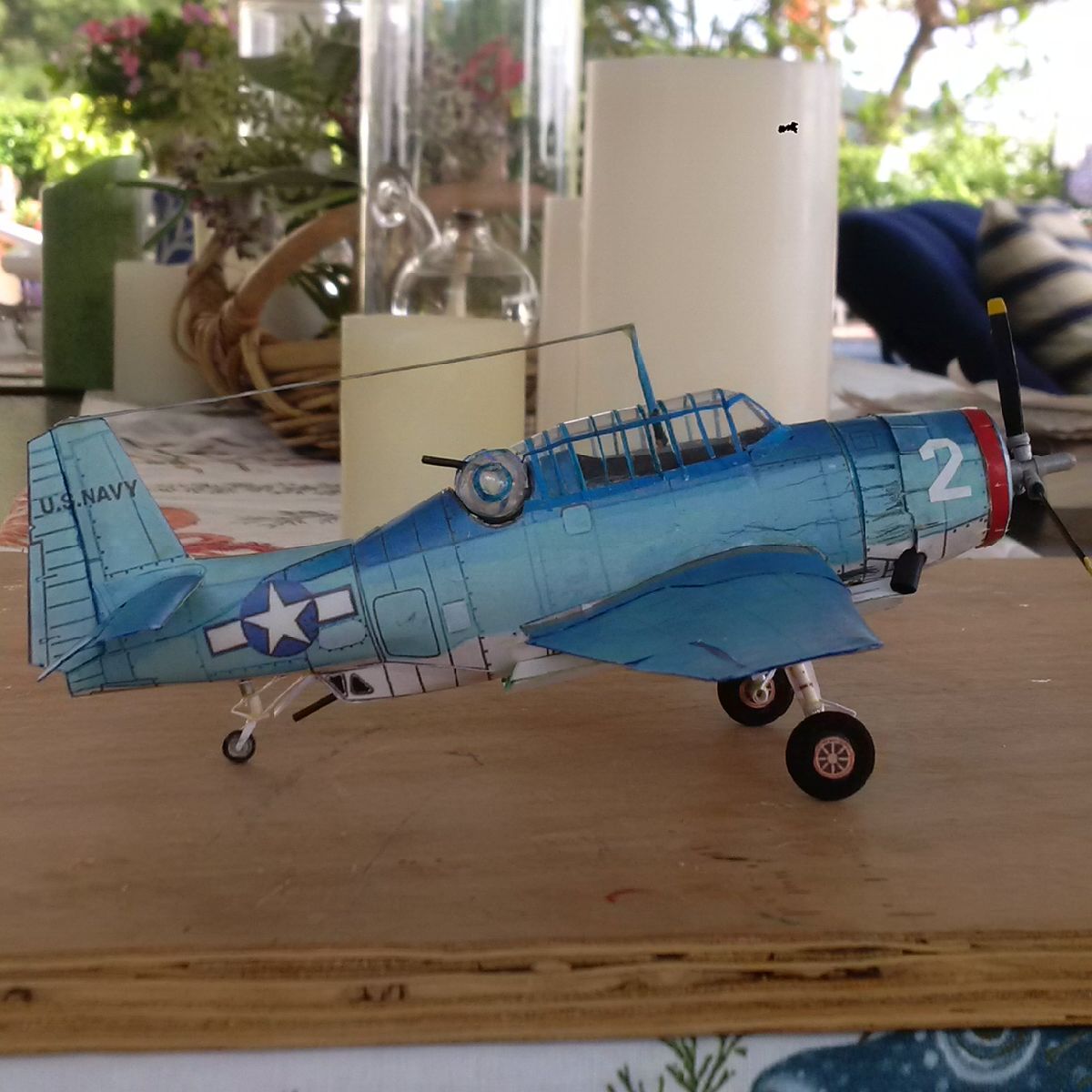 |
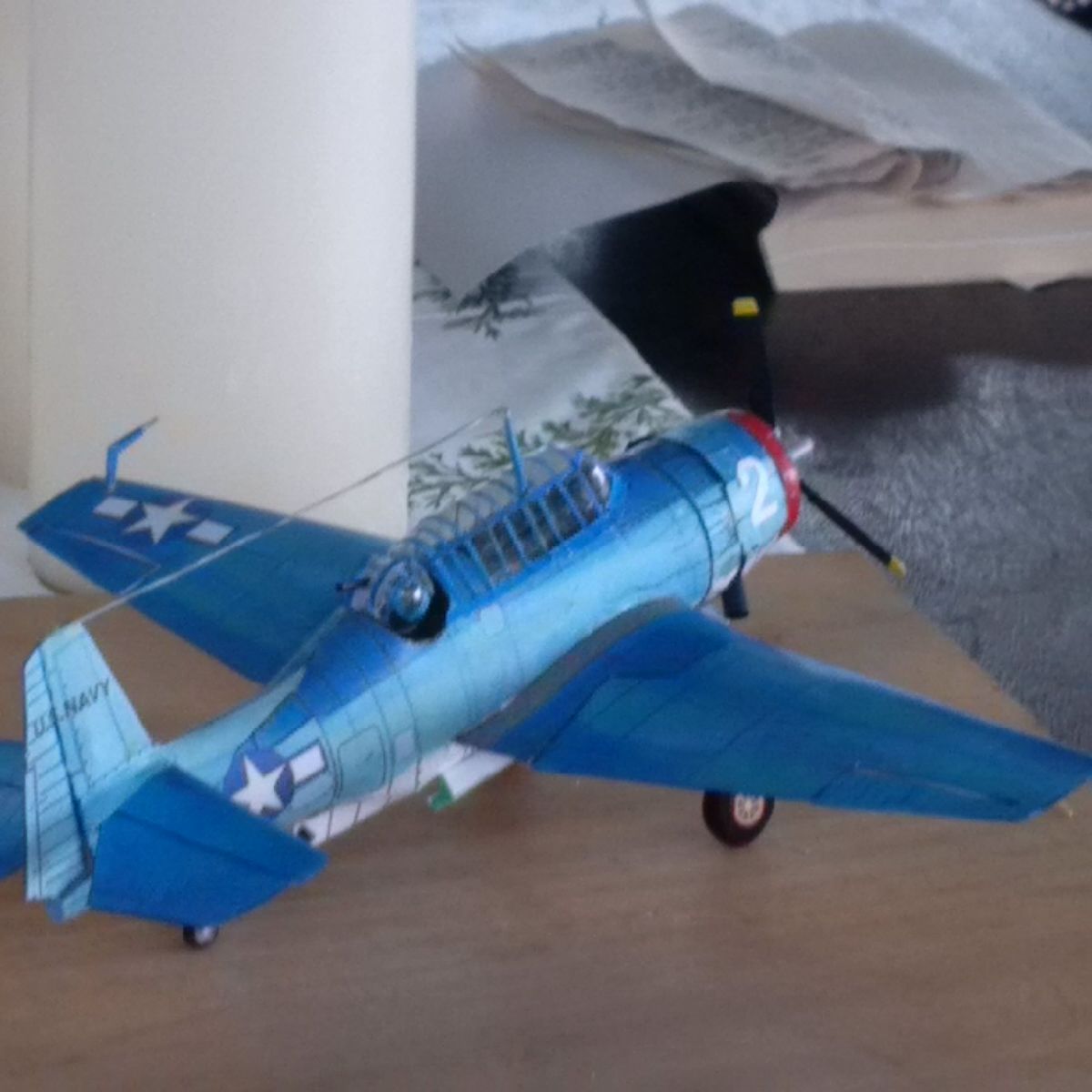 |
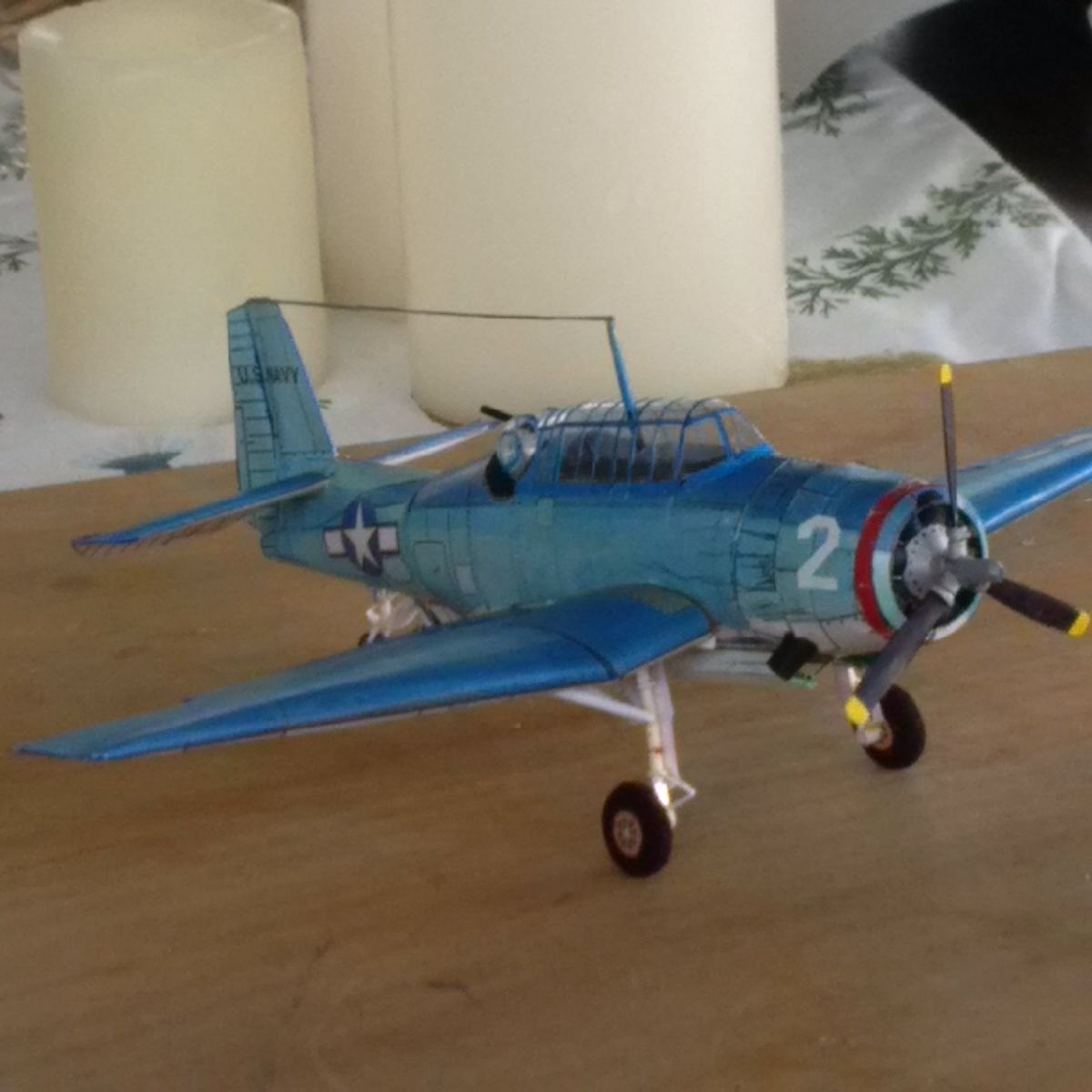 |
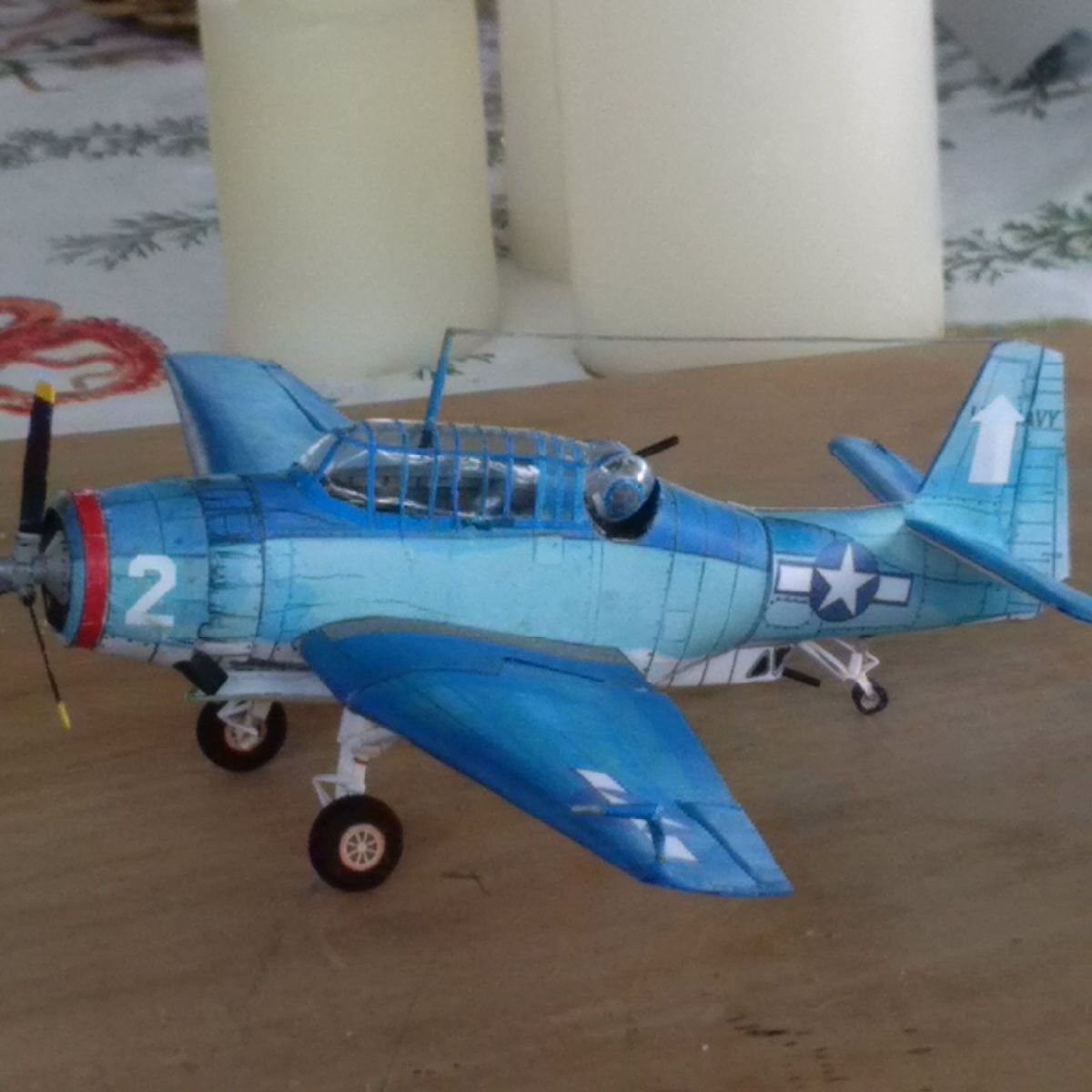 |
This one was fun to do. I added a lot of internet-photo supplied detail for clear canopy with turret, gear, prop, engine, separate control surfaces, torpedo bay doors, hand-cut "Number 2" for cowl and realistic, greasy rivulets of weeping oil out from under the cowling. As always, not perfect, but very straight, no gaps, no glue smears. It's an entertaining addition to my now near-complete Grumman collection. I lack an F3F retractable-gear late 1930ies bi-plane, but FG doesn't have it. |
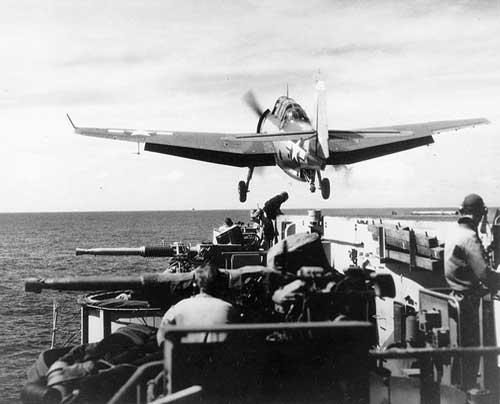 |
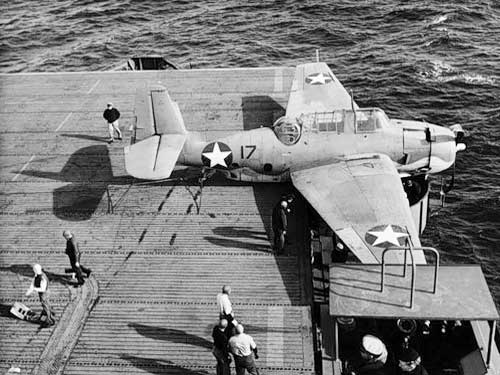 |
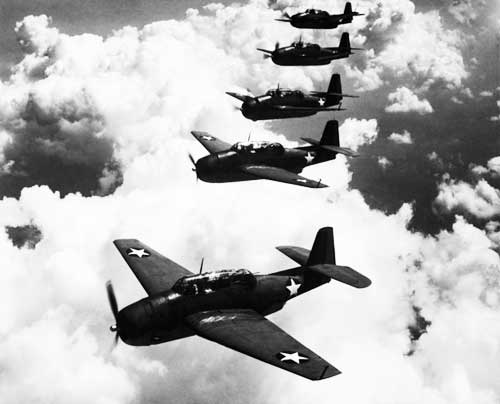 |
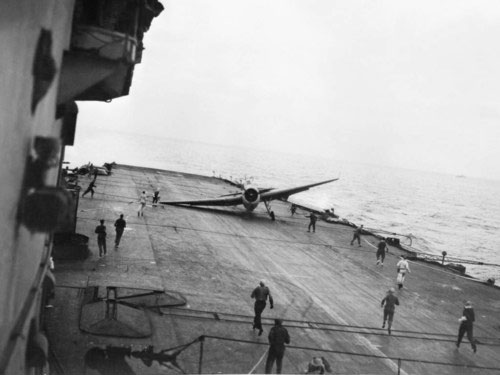 |
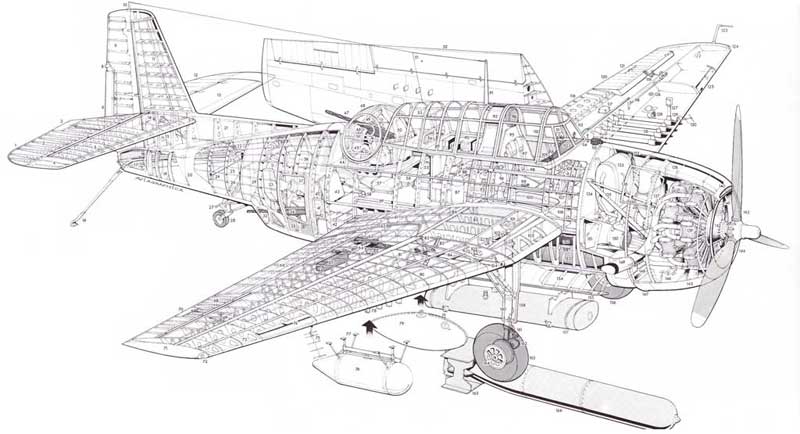 |
This fabulous Avenger cutaway comes in full size with key in PDF for FREE included in your MyModels folder! |



